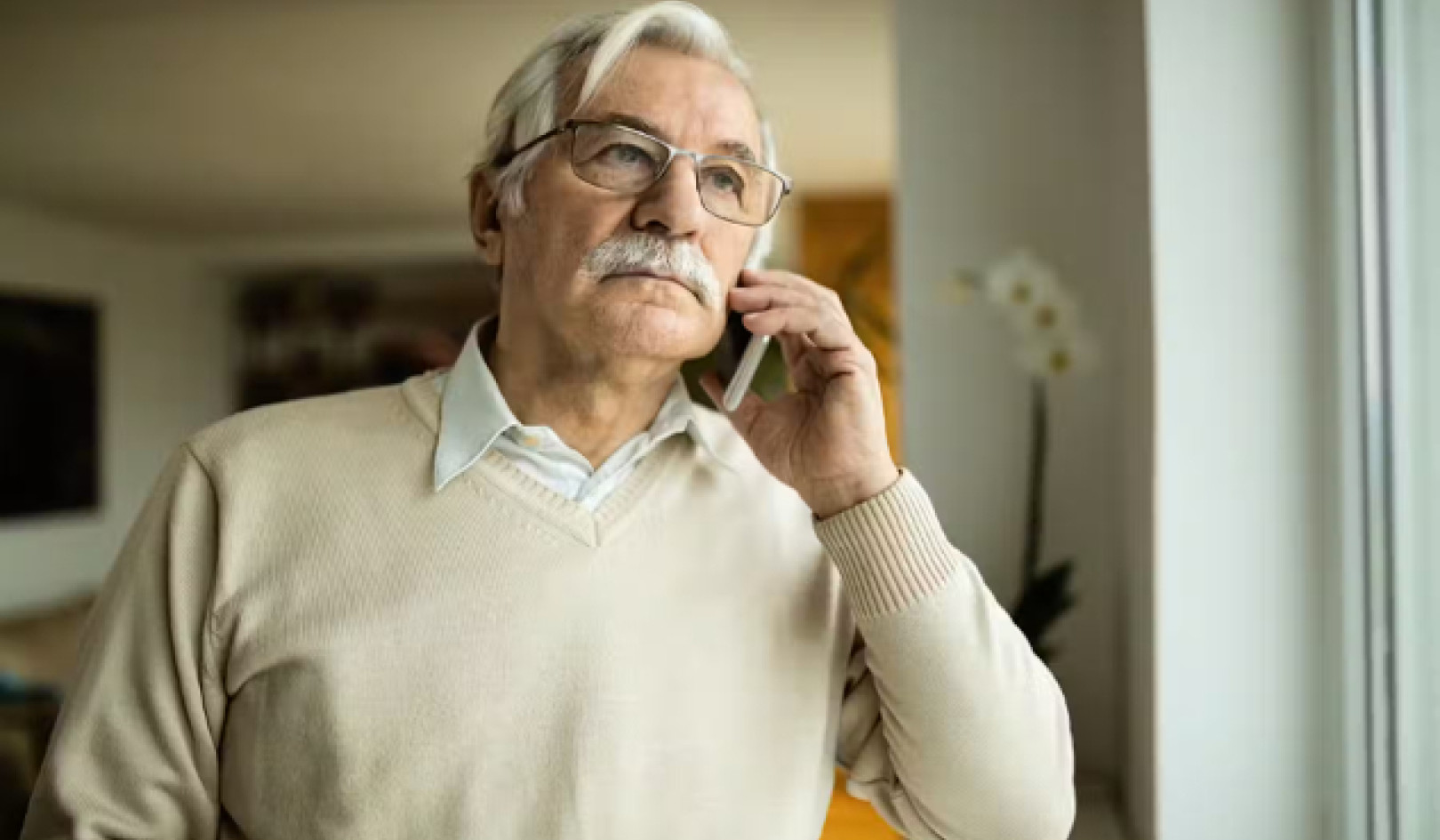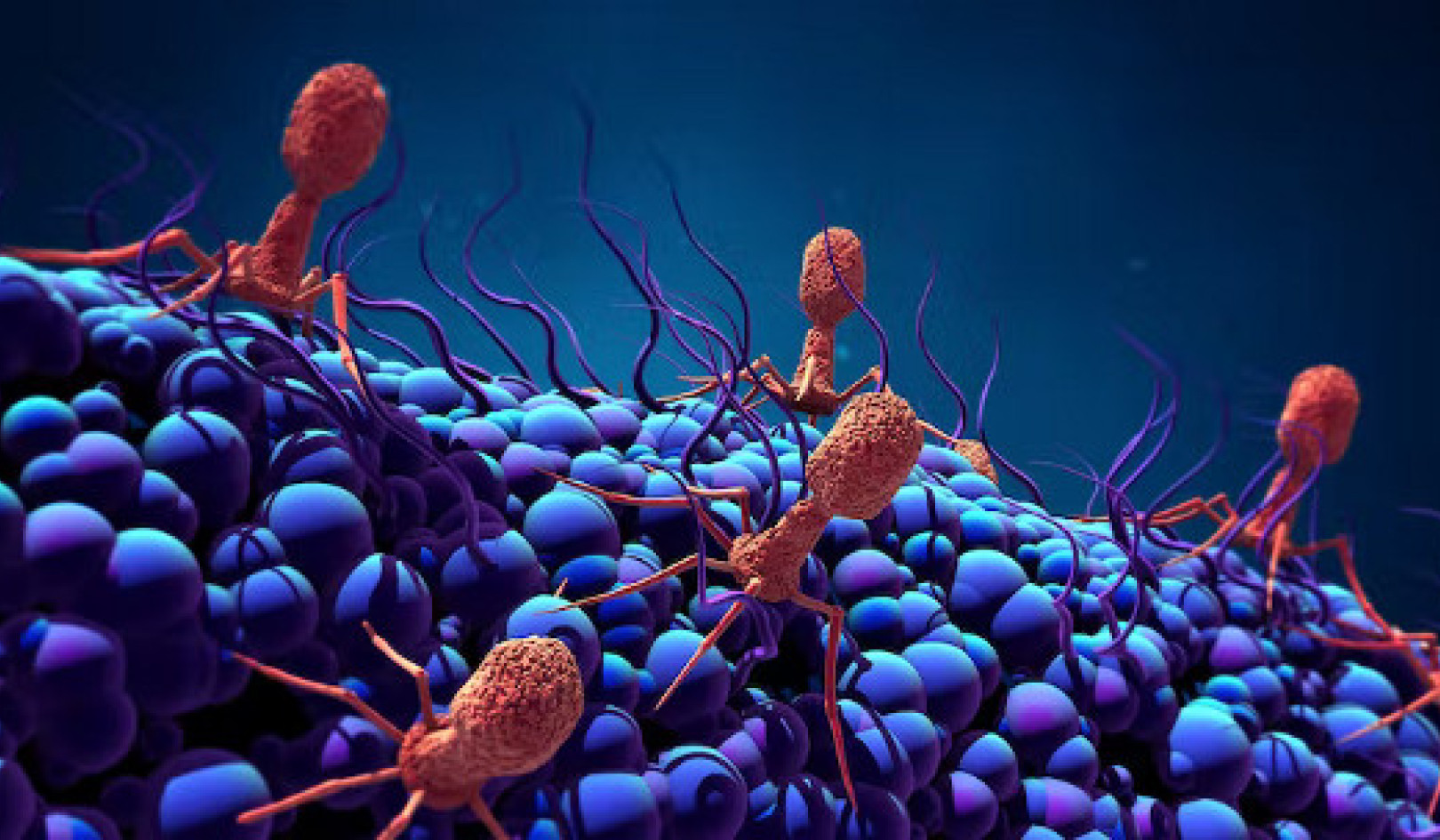 Mona Hanna-Attisha, a public health expert and pediatrician, wrote a book about the water crisis of Flint, Michigan. Carlos Osorio/AP
Mona Hanna-Attisha, a public health expert and pediatrician, wrote a book about the water crisis of Flint, Michigan. Carlos Osorio/AP
When the Flint water crisis took place in 2014 and 2015, one of my graduate nursing students decided to get involved.
Having already worked with me in the Greater Toledo area to screen children at risk for lead poisoning, my student helped conduct blood lead level screenings of the children exposed to the water. Test results later showed that the number of lead poisoned children in Flint had doubled after the crisis.
Since that time, some have worried that children in Flint are suffering academic setbacks as a result of being exposed to high levels of lead in Flint’s water supply.
State officials advised that as many as 9,000 children under the age of 6 in Flint be treated as having been exposed to high levels of lead after the city’s drinking water supply was switched in 2014 from water from Lake Huron to water from the Flint River.
Others, however, have pushed back, arguing that Flint’s water crisis is not the culprit behind any academic losses. Certainly lead was a problem for children in Flint long before the water problems.
But as a nursing professor and parent educator who specializes in treating children with elevated lead levels, I believe that just like in Detroit – where lead poisoned children have suffered academic setbacks after being exposed to lead, mostly from lead paint in their homes – similar academic setbacks are likely taking place in Flint.
However, my experience shows that lead levels in children can be lessened by educating parents on simple things they can do to decrease exposure to lead in their homes.
Ill effects
Lead affects children’s brain development and results in reduced “intelligence quotient,” or IQ. It also leads to behavioral changes, such as shortening of attention span, restlessness, conduct disorders, aggression and reduced educational attainment, as shown in “What the Eyes Don’t See,” a book by Mona Hanna-Attisha, a physician who helped expose the Flint water crisis.
Lead exposure can harm children even before they are born. The Centers for Disease Control estimate that approximately half-a-million children in the United States between the ages of 1 and 5 have an elevated blood lead level.
Although lead poisoning is preventable, the neurological and behavioral effects of lead are believed to be irreversible. No level of lead is safe for children.
Screening children
Most of my work with lead poisoned children has taken place in the Greater Toledo area. My graduate nursing students and I have collectively screened more than a thousand students at Toledo Public Schools. Of those children tested, 577 – 38.9% – had blood lead levels above 4 micrograms per deciliter. The CDC says intervention is warranted at 5 micrograms per deciliter, but I prefer to intervene at 4 micrograms to focus in on problems before it reaches a higher level.
In individual schools in Toledo, the share of students at or above 4 micrograms per deciliter ranged from 21% to 73%. Many of the children we screened were already in special education classrooms because of their lead exposure.
What actions are needed
Whenever my graduate students and I detect lead in children, we educate their parents or caregivers about where lead comes from. We discuss what lead does to children’s brains and bodies once it enters their bloodstream. We also offer practical tips about how they can decrease lead exposure in their homes.
For instance, we recommend that caregivers wet mop and clean. Why? Because over 80% of the children that I’ve screened for lead in the Toledo area live in rental properties. That’s significant because many of these homes and apartments were built before 1978, the year the United States banned lead-based paint in housing, and are the most likely to have lead paint. As different families move in and out of these properties, many different children get exposed to lead in the same rental home over the years.
It is critical that these rental properties and family-owned homes be certified by local health departments and other governmental agencies as “lead safe.” But just as there are lead threats inside the home, there are also threats outside the home. Those outside threats come from children playing in lead-tainted soil around the home and tracking it inside.
Fighting back
When 18 of my graduate nursing students and I followed up with Toledo families with lead poisoned children between 2016 and 2018, we found 11 of the 577 children had significant decreases in their blood lead levels and improved academic performance.
One 8-year-old girl, for instance, had her blood lead levels drop from 22.6 micrograms per deciliter two years ago to 6.1 micrograms per deciliter.
The girl’s mother was diligent in following the recommendations we made to decrease lead absorption in her daughter, such as increased nutritional intake of vitamin C, iron and calcium. In addition, the girl began to take daily multivitamins and ate snacks during the day to avoid an empty stomach, since food decreases the gastric absorption of lead. Shoes were left at the door of their home to avoid tracking in lead-contaminated soil from outside. The mother also damp mopped and dusted to decrease exposure to lead from the air. The girl was also encouraged to wash her hands frequently. Referrals were made to the local health department for further assessment of the living environment and possible financial support to secure a “lead safe” home for the family.
Future of Flint
Five years after the Flint water crisis, people are still distrustful of the local water. Efforts to hold officials accountable seem to go back and forth. Residents are trying to sue city officials and the federal government for lead contamination in the water. Criminal charges were dropped on June 13 against several officials who had been charged in the crisis, but may be re-issued.
The circumstances by which children were exposed to high levels of lead in Flint and Toledo may be different. But as one who has worked directly with lead-poisoned children, I know it is likely the impacts will be similar. Lead-poisoned children in Toledo schools have struggled to stay on task, stay out of trouble, learn reading and math skills, and keep up with their peers academically and socially. There’s no reason to think that lead-poisoned children in Flint aren’t going through the same thing.
About The Author
Marilynne R Wood, Professor, University of Toledo
This article is republished from The Conversation under a Creative Commons license. Read the original article.
Books on The Environment from Amazon's Best Sellers list
"Silent Spring"
by Rachel Carson
This classic book is a landmark in the history of environmentalism, drawing attention to the harmful effects of pesticides and their impact on the natural world. Carson's work helped to inspire the modern environmental movement and remains relevant today, as we continue to grapple with the challenges of environmental health.
Click for more info or to order
"The Uninhabitable Earth: Life After Warming"
by David Wallace-Wells
In this book, David Wallace-Wells offers a stark warning about the devastating effects of climate change and the urgent need to address this global crisis. The book draws on scientific research and real-world examples to provide a sobering look at the future we face if we fail to take action.
Click for more info or to order
"The Hidden Life of Trees: What They Feel, How They Communicate?Discoveries from A Secret World"
by Peter Wohlleben
In this book, Peter Wohlleben explores the fascinating world of trees and their role in the ecosystem. The book draws on scientific research and Wohlleben's own experiences as a forester to offer insights into the complex ways that trees interact with one another and the natural world.
Click for more info or to order
"Our House Is on Fire: Scenes of a Family and a Planet in Crisis"
by Greta Thunberg, Svante Thunberg, and Malena Ernman
In this book, climate activist Greta Thunberg and her family offer a personal account of their journey to raise awareness about the urgent need to address climate change. The book provides a powerful and moving account of the challenges we face and the need for action.
Click for more info or to order
"The Sixth Extinction: An Unnatural History"
by Elizabeth Kolbert
In this book, Elizabeth Kolbert explores the ongoing mass extinction of species caused by human activity, drawing on scientific research and real-world examples to provide a sobering look at the impact of human activity on the natural world. The book offers a compelling call to action to protect the diversity of life on Earth.
al




















